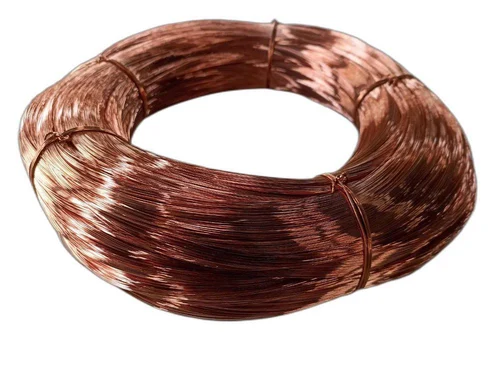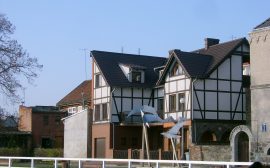In the world of technology, innovation never stands still. We’re constantly pushing the boundaries of what’s possible, and one material that has played a pivotal role in this pursuit is copper. While copper wires and circuits are commonplace in electronic devices, there’s a lesser-known wonder that’s been quietly making waves: copper coated film. This versatile material has opened up a world of possibilities, from flexible electronics to advanced sensors. In this blog, we’ll dive into the captivating world of copper coated film and explore the magic it brings to various industries.
A Closer Look at Copper Coated Film
Copper coated film, also known as copper-clad film or copper-coated polyimide film, is a thin and flexible sheet made by depositing a layer of copper onto a substrate material, typically polyimide. This copper layer is usually quite thin, with thicknesses ranging from a fraction of a micron to a few microns, making it incredibly lightweight. The combination of the flexible substrate and the conductive copper layer gives rise to a material that boasts unique properties and applications.
The Wonders of Copper Coated Film
1. Flexibility and Durability
One of the standout features of copper coated film is its remarkable flexibility. Unlike traditional copper wiring, which is rigid, copper coated film can be bent, twisted, and molded into various shapes without losing its electrical conductivity. This flexibility makes it ideal for applications where space is limited or where conformability to irregular surfaces is required.
Moreover, copper coated film is highly durable. Its ability to withstand harsh environmental conditions, including extreme temperatures and moisture, makes it an excellent choice for applications that demand long-term reliability.
2. Lightweight
Copper coated film’s lightweight nature is a significant advantage, especially in industries where weight is a critical factor, such as aerospace and automotive. By replacing traditional copper wires with this lighter alternative, engineers can reduce the overall weight of their systems, leading to improved fuel efficiency and performance.
3. High Electrical Conductivity
While copper coated film may be thin, it still retains the exceptional electrical conductivity of pure copper. This property is essential in applications that require the transmission of electrical signals without significant loss. It also allows for the creation of intricate, high-density circuitry on flexible substrates.
4. Applications Across Industries
Copper coated film has found a home in a wide range of industries:
a. Electronics: It’s used in flexible printed circuit boards (FPCBs) for smartphones, laptops, and wearable devices, where space-saving and flexibility are crucial.
b. Aerospace: In spacecraft and aircraft, copper coated film is used for lightweight wiring, reducing the overall weight of the vehicle and improving fuel efficiency.
c. Sensors: It’s utilized in various sensor applications, including strain gauges, temperature sensors, and capacitive touch sensors.
d. Medical Devices: Copper coated film plays a role in the development of flexible and wearable medical devices, monitoring patient health in real-time.
e. Renewable Energy: It’s used in solar panels and wind turbines for efficient energy transmission and power generation.
f. Automotive: In electric and hybrid vehicles, copper coated film enables lightweight wiring harnesses, contributing to energy efficiency and reducing emissions.
5. Future Innovations
As technology continues to evolve, the possibilities for copper coated film are boundless. Researchers are actively exploring ways to enhance its properties and broaden its applications. Advancements in manufacturing techniques and material science are driving innovation in this field, promising even more exciting developments in the future.



